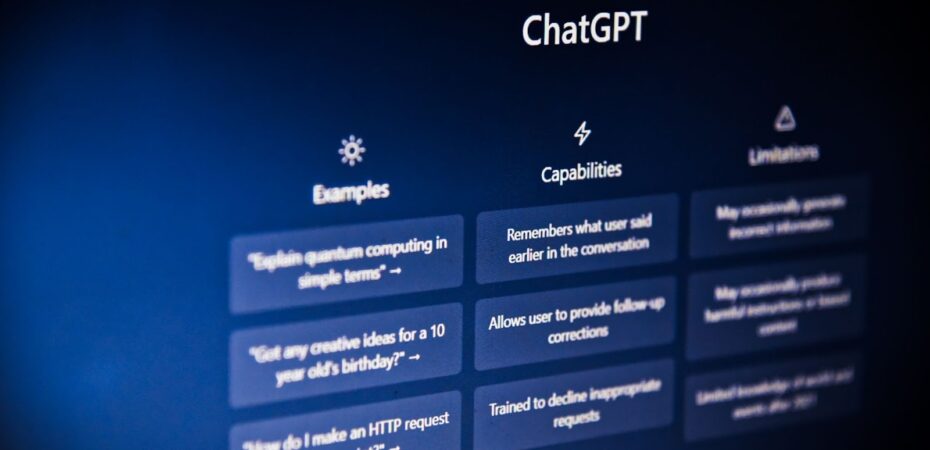Almost every one of us has heard of chatbots at least once, regardless of which sector you belong to, whether you are an expert or not in the field of artificial intelligence.
More likely, you feel that chatbots are important, but you don’t know exactly what they are and what types do exist today, and how they can benefit your company. So keep reading this article to learn as much as you can about chatbots.
What is a Chatbot?
A chatbot is a chatbot that communicates with users via text messages using artificial intelligence. This is software that integrates into applications, websites, etc., to resolve user doubts at any time without the need for the participation of an individual. They are usually designed to communicate with real people, although applications are being developed in which two chatbots can communicate with each other.
Now such developments are more relevant than ever. And if you are interested, then you can turn to chatbots development company for help. In short, it is a tool that automatically interacts with users, establishing a relationship between the user and the company and helping them with what they are looking for or have questions.

This would not be possible without the implementation of automatic learning (machine learning) algorithms developed with AI (artificial intelligence) that allow the program to interpret or intuitively understand the tastes, preferences, or even habits of the user. Sometimes these communication bots can show such extreme realism in communicating with users that it is difficult to distinguish whether we are communicating with a robot or with a human.
How Does a Chatbot Work?
Chatbots use various principles of natural language to understand people and try to imitate their communication. While not an easy task, they use these three languages: NLP, NLC, and NLG.
Natural Language Processing
Natural language processing is used to classify unstructured texts into a set of topics. In other words, it is the field of AI that is responsible for learning how machines communicate with humans using natural languages.
The software will attempt to break up user-provided content to make it easier to understand. Distinguish between words and sentences in a text. Another factor at this stage will be correcting spelling errors before determining their meaning to make them easier to understand or even take into account the user’s emotions.
Understanding Natural Language
Let’s imagine that we want to find a document in a search engine that connects to a database, and we write a sequence of letters registered in the database. It doesn’t matter if this sequence of letters makes sense in our language or not; the search engine will recognize it and open the document.
Now suppose that we write ideas or concepts related to the content of a document into a search engine without having to formulate them in terms of the words it contains. While the first document browser will not use NLU, the second example would be a great use of natural language understanding because it implies that the software can understand and interpret the idea put forward by the user.

To make this possible, i.e., to know if the machine is capable of recognizing our intent or is limited to executing a sequence of instructions, the machine is trained using an automatic learning algorithm by subjecting it to a set of training data that includes the user messages, their intentions and message options with the same intention.
Natural Language Generation
Natural language generation is part of natural language processing and naturally has some common aspects. Somehow both have a different but complementary focus. While NLP seeks to identify analytic knowledge from textual data, NLG combines analytic knowledge with synthetic text to create narratives in context. That is, transform structured data into a written narrative.
Therefore, chatbots are a complex set of elements that function among themselves before presenting a response to the user on a given topic. Although the peak popularity of chatbots has subsided, they remain indispensable assistants for most people.


 By
By 



